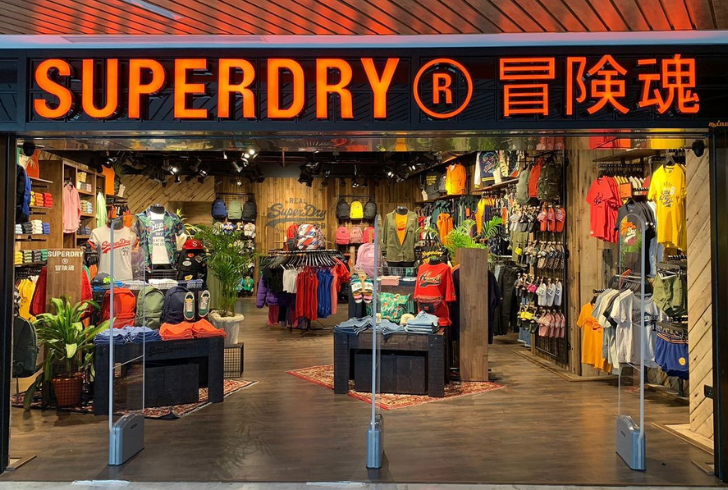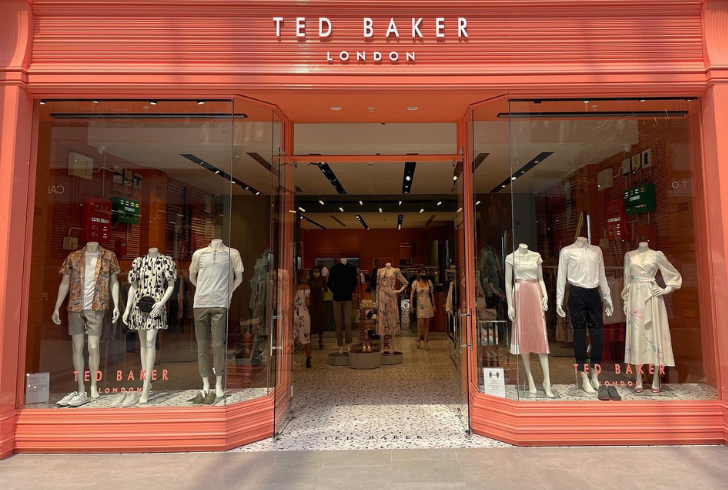High street fashion has seen its fair share of ups and downs. What was once a thriving marketplace for affordable yet trendy clothing has become a battlefield, with brands falling by the wayside. As the retail landscape shifts, many established names have struggled to stay relevant. Companies that once dominated are now either extinct or clinging on by a thread, as newer, more agile competitors like Shein and Temu rise to prominence.
The constant pressure to adapt to fast-changing consumer demands has caused many brands to neglect their long-term brand strategy in favor of quick wins, a mistake that often leads to their downfall.
The Downfall of Iconic High Street Fashion Brands
The fall of high street fashion icons like Topshop, Debenhams, and BHS serves as a stark reminder of what happens when a brand loses touch with its core identity. These brands, once leaders in the fashion world, failed to keep pace with shifting consumer preferences. Topshop, for instance, had a strong foothold in the fashion market but slowly drifted away from what made it appealing in the first place. Similarly, Debenhams, after years of being a staple on the high street, couldn’t adapt to the growing dominance of online retail.

The problem isn’t just in traditional high street fashion retailers either. Online powerhouses like Boohoo, which initially captured a large audience with affordable fashion, are now facing challenges of their own. Changing attitudes toward sustainability and ethical production have seen these brands struggle to maintain their positions. Superdry, another high street giant, has also struggled, showing that no brand is immune to the fast-paced changes in the fashion world.
The Fast Fashion Revolution
While many traditional brands are struggling, fast fashion has surged ahead. Companies like Shein and Temu have revolutionized the market by offering extremely affordable clothing, capitalizing on fast turnaround times and trend responsiveness. These companies have mastered the art of reactive pricing models, making them particularly attractive to younger consumers who are always on the hunt for the latest style at a bargain.
However, there’s a significant cost to this approach. Many of these fast fashion brands face criticism for unsustainable practices, poor working conditions, and the environmental impact of producing clothes at such high volume. The short-term gain for consumers often comes at the expense of long-term brand reputation, a lesson that some of these companies may face as consumer priorities continue to shift toward sustainability.
Long-Term Brand Strategy Is Key
Amid the turbulence of the fashion industry, the brands that have managed to survive—and even thrive—are those that have invested in a long-term brand strategy. High street fashion is not just about following trends; it’s about building a relationship with consumers. The brands that endure are the ones that maintain a strong identity, adapting without losing their essence.
Take Valentino, for example. The brand has managed to stay relevant through thoughtful leadership transitions and a commitment to blending its heritage with modern sensibilities. Under Pierpaolo Piccioli, Valentino honored its roots while appealing to newer generations. Alessandro Michele, previously with Gucci, is set to continue this trajectory of reinvention at Valentino. His work at Gucci revitalized the brand by staying true to its identity while infusing it with a contemporary edge, a strategy that is critical in today’s market.
Learning from the Mistakes of Others

The high street is littered with examples of brands that failed to heed these lessons. Ted Baker, for instance, lost its connection with consumers by straying too far from what originally made it stand out. As a result, it’s been unable to maintain its position in the market. Similarly, Boohoo and Superdry are finding it difficult to regain their former glory after neglecting the importance of long-term brand vision.
On the flip side, brands that have embraced a consistent message and clear identity are the ones leading the pack today. Consumers want authenticity. They’re not just buying clothes; they’re buying into a brand’s story and values. This kind of loyalty isn’t built overnight; it’s earned through a deep understanding of what resonates with the target audience.
The Future of Fashion Branding
As consumer behaviors continue to evolve, the future of high street fashion will depend on a brand’s ability to merge creativity with a clear strategic direction. Brands must reflect the values of their consumers—whether that’s sustainability, social consciousness, or ethical practices. Today’s customers are more discerning and care about what a brand stands for beyond its products.
The brands that will thrive in the coming years are those that understand that fashion is more than just clothing; it’s about how the product makes the customer feel and the message it conveys. Authenticity and consistency are the cornerstones of long-term success in the fashion industry.




